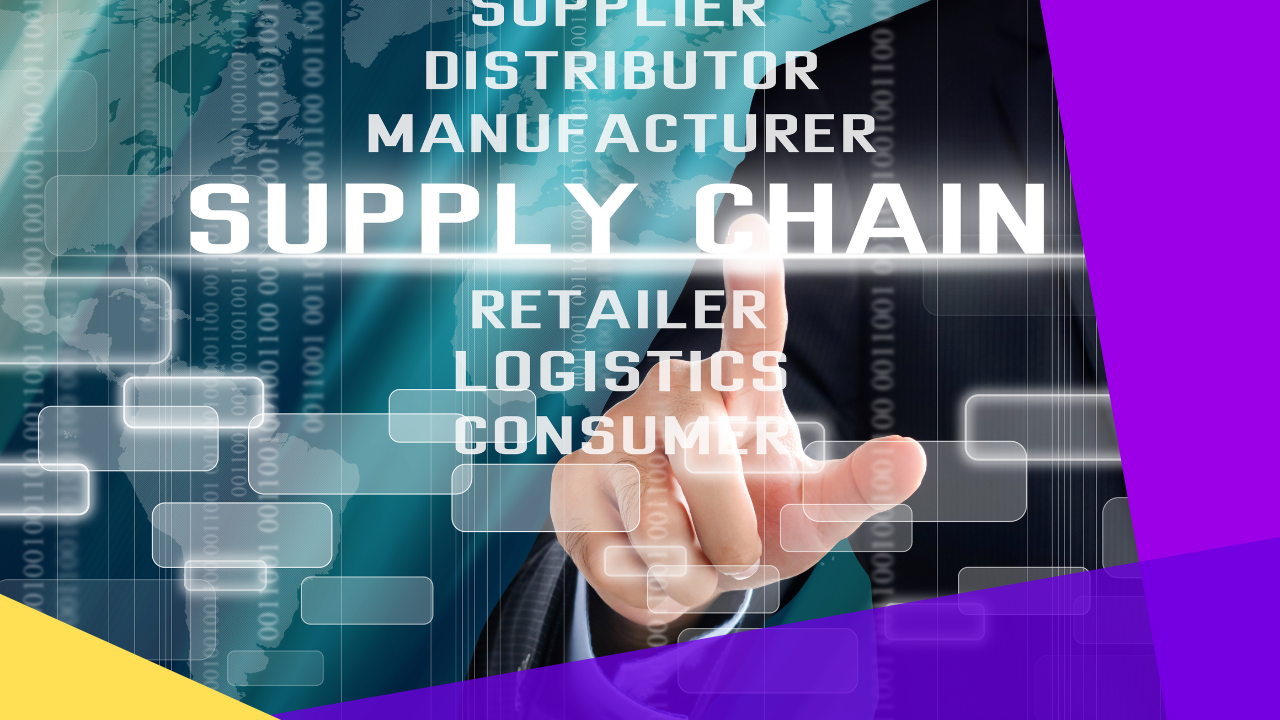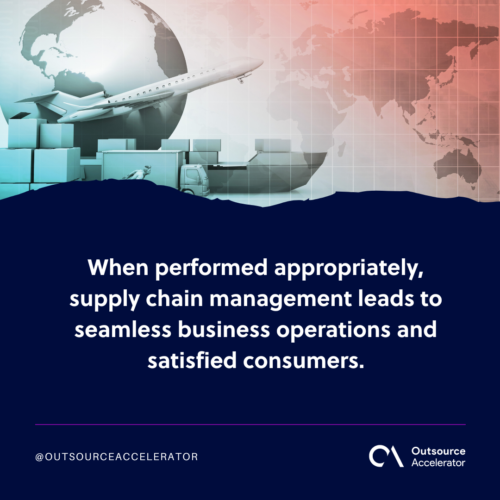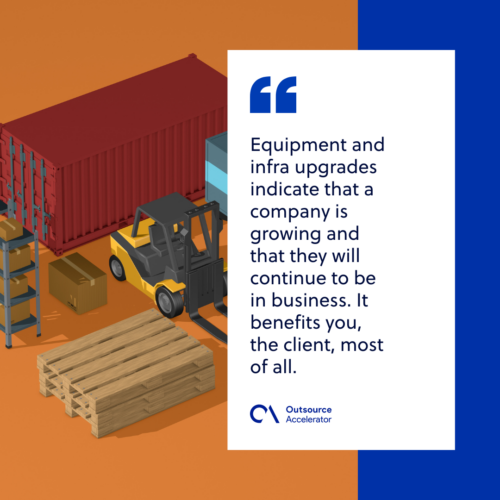6 Key indicators of an effective supply chain outsourcing provider

Since supply chain management is crucial to the performance and sustainability of all organizations, optimizing them will result in more effective production cycles and lower costs.
Managing and maximizing various aspects of supply chain management operations necessitates experience, knowledge, and access to best-in-class resources.
Supply chain management outsourcing is a great way to accomplish optimization and maintain efficiency.
Role of outsourcing in supply chain operations
Businesses that do not manage their supply chains well are frequently overwhelmed by supply chain inefficiencies that affect the business.
These concerns arise from various sources, including shipping costs, manufacturing costs, record inventory expansion, changing consumer needs, and inefficient replenishment.
This makes it difficult for organizations to focus on core operations and build their client base and market share. Every level of the supply chain is a strategic component that may be utilized to achieve corporate goals and meet customer demands.
When performed appropriately, supply chain management leads to seamless business operations and satisfied consumers.
This is due to the importance of outsourcing supply chain management in:
- Maintaining healthy inventory levels
- Assuring prompt and dependable delivery of client orders
- Preserving healthy profit margins for enterprises

6 things to look for in a supply chain outsourcing provider
Outsourcing your supply chain processes is a big decision with many benefits. Before you start outsourcing supply chain management, there are some things to focus on.
Here are six key signs to look for in finding the right third-party providers for you:
1. Efficient outsourcing logistics management
The number one indicator of a reliable supply chain outsourcing partner is its efficiency when it comes to logistics management.
Logistics is a crucial aspect of supply chain management, and your service provider’s logistical competence when handling supply chain operations should be the primary focus.
The best providers not only employ well-trained individuals, but they also have an extensive network of connections from different industries and even the government. This is something that takes time and is not easily developed, mainly when you are a startup business.
If you want to save money, reduce risks, meet customer expectations, and achieve better customer service, then look for an outsourcing partner with strong logistics management.
2. High-volume sales with minimal losses
Speaking of saving money and risk reduction, another key indicator of a high-performing supply chain outsourcing firm is its loss rate.
Outsourcing supply chain management comes with many benefits, and one of them saving a good chunk of money.
Of course, zero percent loss is almost unattainable as there will always be risks within the business process. However, you can come close to achieving that by finding the perfect supply chain management outsourcing partner.
Your supply chain business partner must have a good track record of minimizing their losses while completing bulk orders at the same time.
The best outsourcing companies have comprehensive risk management and contingency plans in place, which we will further discuss later.
3. Fast turnaround times
The best third-party supply chain providers operate fast and have vast knowledge of logistics outsourcing.
If your in-house team can finish the job in five to six days, they are most likely to complete it in three days or less. Needless to say, completing the entire supply chain faster gives your business the opportunity to make more money.
However, being fast does not mean compromising on quality, so finding the right balance between speed and efficiency is crucial when looking for a third-party supply chain management company.
4. Maximized capital expenditure
Another sign of a good outsourcing provider is its ability to make the most out of its capital expenses.
If the outsourcing transport and logistics firm is able to re-invest in upgrading its infrastructure and operational equipment, then you are sure to have a thriving relationship with them for a long time.
Equipment and infra upgrades indicate that a company is growing and that it will continue to be in business. It benefits you, the client, most of all.
The security of your partner’s tenure is another vital aspect to consider when outsourcing supply chain services.
It does not matter if they can get the job done faster than anyone else if they are not going to be around for the long haul. Remember that trust is crucial for a successful business partnership, and it is not built overnight.

5. High customer satisfaction rating
Customer satisfaction rating is actually a key indicator when hiring any type of service. This is especially true when it comes to the service industry.
If a supply chain provider has a high customer satisfaction rating, then you can be sure that it is going to be successful or it is already successful.
There are many ways to find this out. The first is by searching for unbiased online reviews about your prospective outsourcing provider. The more reviews you can find, the better your judgment will be.
Another is to check the company’s website and find out who some of their existing and past clients are. You can then reach out to these clients and ask for their honest assessment of the said outsourcing company.
6. Detailed risk management and contingency planning
As mentioned above, hiring a provider with solid risk analysis management and a contingency plan is crucial in supply chain outsourcing.
Supply chain operations are somewhat delicate in the sense that there are so many risks involved in them, such as:
- Fires
- Natural disasters
- Equipment malfunctions
- Faulty manufacturing designs
- Human errors
If you don’t have a plan to mitigate these risks and prepare for contingencies, then you are setting up your business for a disaster.
You are in good hands if you hire a third-party provider that has this same sense of urgency to plan for possible threats and risks.







 Independent
Independent




